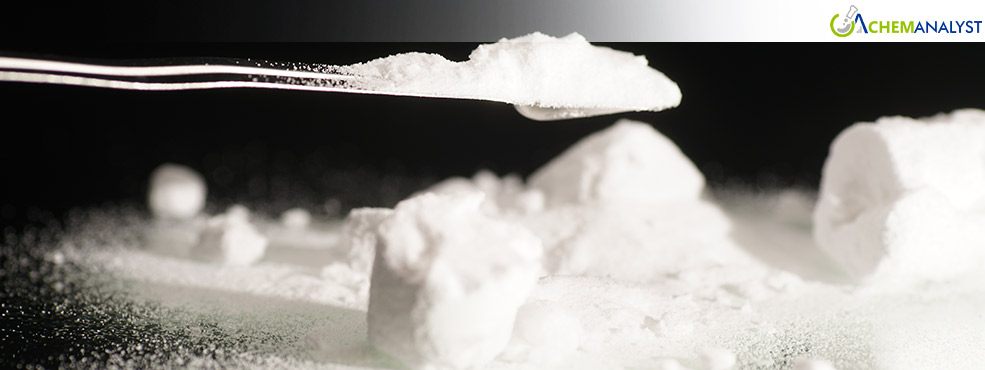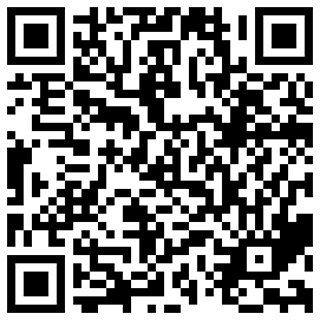China Isophthalic Acid Market Stabilize Amid Trade Tensions, South Korea Prices Surge
- 15-Apr-2025 11:00 AM
- Journalist: Peter Schmidt
The Isophthalic Acid market in Asia-Pacific region displayed contrasting trends in China and South Korea. On one hand, Isophthalic Acid market in China saw steady prices. On the other hand, Isophthalic Acid market in South Korea saw rising prices due to several underlying factors including rising downstream demand from PET sector. Also considering their trade ties with USA the imposition of tariffs had a significant effect on their downstream PET market.
As for China the Isophthalic Acid market in China showed stability due to a healthy supply of inventories catering to the downstream demand. Market sentiment remained cautious largely due to tariff levies on Chinese imports. Amid the ongoing trade war, US President Donald Trump has placed as much as 145% on Chinese imports. This has generated fear among sellers in China, about the possible impact it would have on their supply chains and consequently Isophthalic Acid market. In response to the looming trade uncertainty sellers have exercised caution by rolling over prices, awaiting clearer market conditions and the possible after-effects it would cast on downstream PET sector.
The ambiguity in market conditions compelled traders to hold off on major purchases waiting for clearer market signals before engaging in larger orders. In light of the prevailing market conditions trading activity continued to be thin.
Tuning in to the demand dynamics in China demand for Isophthalic Acid showed signs of wavering, particularly from downstream PET sector widely used in packaging. Due to ongoing international trade conflicts, consumer demand for packaging products has remained subdued.
On the other hand, Isophthalic Acid in South Korea saw rising prices on the back of positive market sentiment. The market has been experiencing a tight supply situation, straining existing inventory levels. Moreover, with the onset of summer demand for Isophthalic Acid typically increases due to its increased usage as a key raw material in making packaged PET bottles. The seasonal surge in demand has encouraged suppliers to secure additional volume thus stimulating active trading in the Isophthalic Acid market. Tariffs have resulted in elevated prices in both domestic and international markets leading sellers to raise their quotations in anticipation of higher production expenses in the near term.
According to ChemAnalyst Pricing Intelligence, the outlook for Isophthalic acid prices remains volatile in both these key Asian countries. Considering the fact that South Korea remains a key trading partner with the USA, the possible repercussions of the trade war were visible as price hike for the month.
Also, considering the ongoing trade war manufacturers in China and South Korea will eventually look for alternative export markets including other Asian countries where they can trade seamlessly. As mentioned above tariffs have set different impacts on Isophthalic Acid in both nations. However, it remains to be seen whether these nations benefit from the trade policies set by USA by effectively navigating through volatile market conditions. Or they may lose a key trading partner like USA at the hands of international trade conflict.



